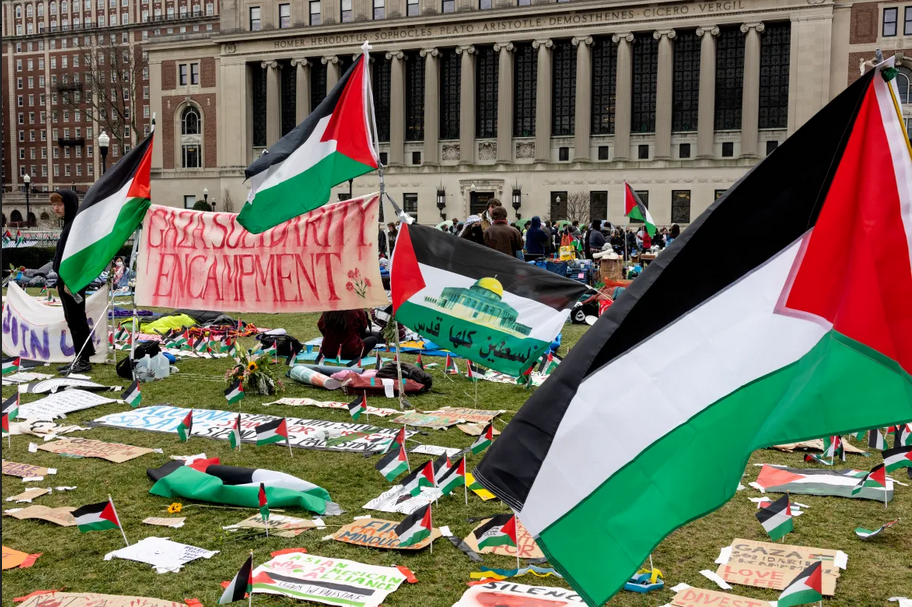By Haydar Oruç
On December 17, 2010, a peddler named Mohamed Buazizi set himself on fire in Sidi Bouzid, Tunisia, and the Arab Spring process is still fresh in all of our memories.
The fire lit by Buazizi spread quickly through the Arab streets, and it was thought that in a short period of time the dictators in the region would be overthrown and the Arab peoples would gain the freedom, democracy, equality and prosperity they had been longing for for years. Unfortunately, the process did not go as expected, and the Arab Spring turned into winter with the demand of the monarchies in the region.
That’s why we are a bit more cautious when we say spring in this region and we don’t attribute every breeze to spring. But maybe spring is really coming elsewhere?
So, how do we relate the Arab Spring to the American Spring?
As you know, after the Al Aqsa Flood attack on October 7, when Israel launched its assault on Gaza, slaughtering tens of thousands of Palestinians and committing an undeniable genocide, demonstrations began to take place on the campuses of many US universities in support of Palestine and the two-state solution and criticizing Israel’s occupation policy and the ongoing genocide in Gaza.
Unable to digest even these protests, which emerged as isolated incidents, Israel, with the help of the Jewish lobby in the US, first tried to cover up these protests and brand those who supported them as anti-Semitic, and then tried to question their legitimacy by portraying these legitimate demands as illegal acts.
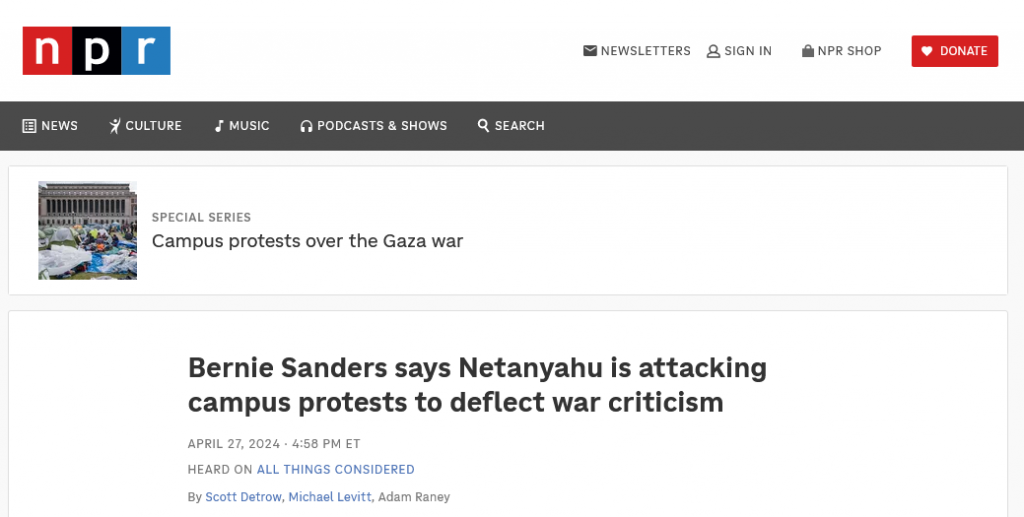
In fact, the rectors of Harvard, Pennsylvania and MIT, who allowed protests on their campuses, testified before Congress in December, after which the rectors of Harvard and Pennsylvania resigned under pressure.
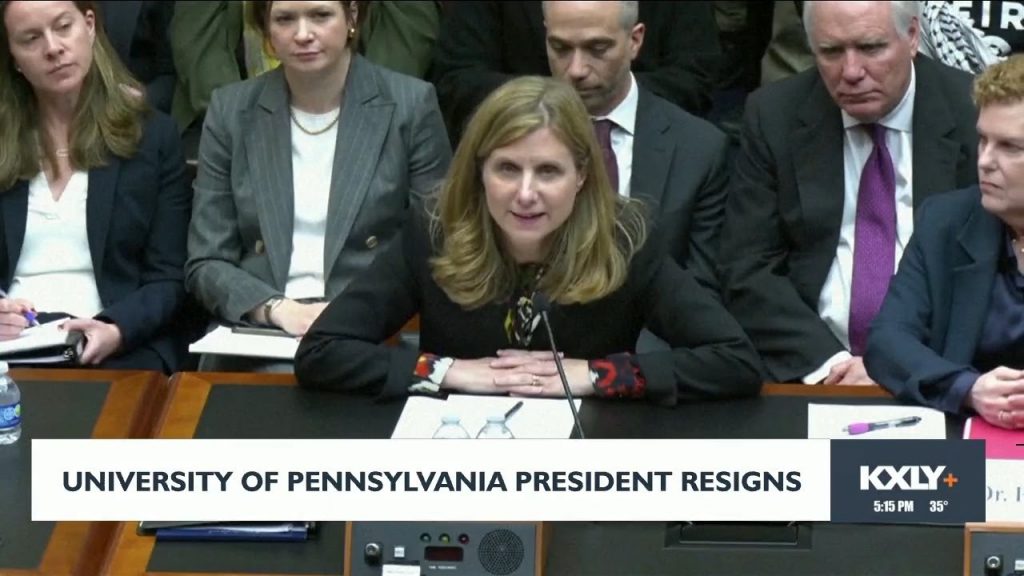
However, the protests did not end, and in the intervening period, protests in almost all Western countries, especially in the United States, began to increase, as the crime of genocide committed by Israel was brought to the International Court of Justice, and the Supreme Court accepted South Africa’s application and started to judge it, and finally, in January, in its interim injunction decision, it was announced that there was evidence that Israel had committed the crime of genocide.
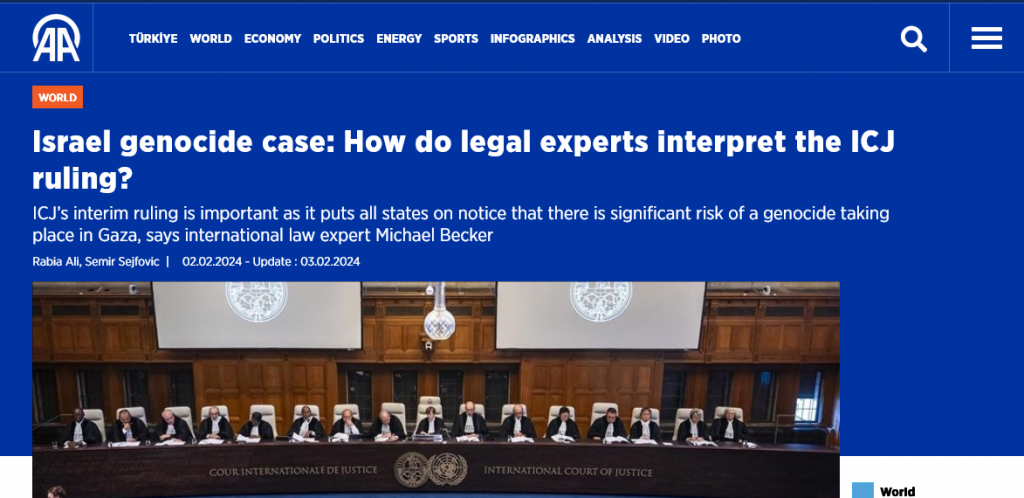
In addition to all this, the US administration criticized Israel for its Gaza policy, yet continued to support Israel with arms and ammunition, and approved billions of dollars in additional aid to Israel despite all its human rights violations (even though this is against the US constitution), leading to a noticeable increase in protests at universities in April.
The deterioration in the perception of Israel in the US is not limited to universities. Surveys conducted by research companies such as Skeptic Research and Gallup on the US public’s views on Israel and Palestine since October 2023 have shown that support for Israel has decreased among the majority of the American public, especially among Generation Z, and that support for Hamas’ attack on October 7 as a justified struggle to end the Israeli occupation has increased.
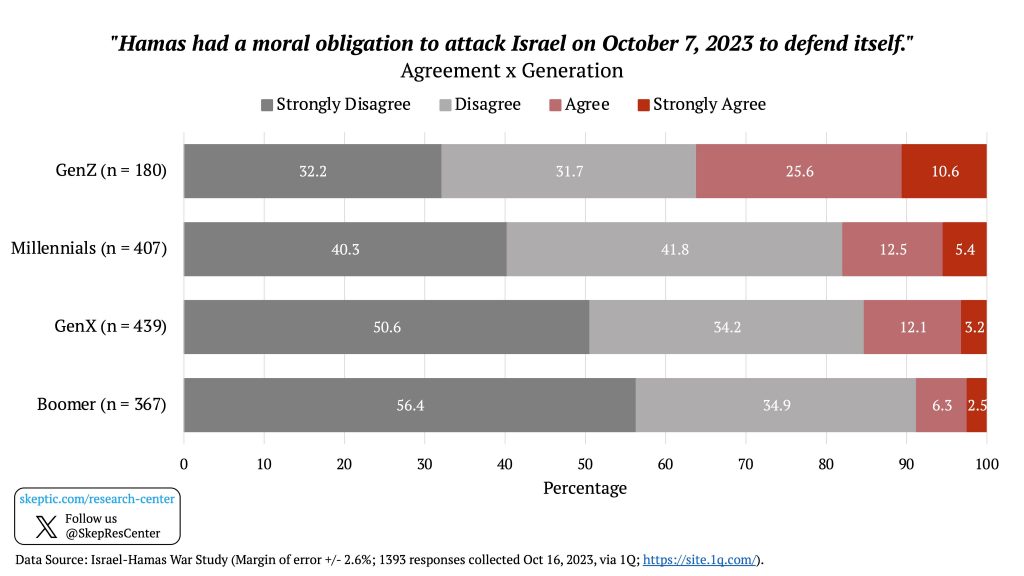
As if this was not enough, a first in the US-Israel relations was experienced and some members of the House of Representatives and senators in the Senate made statements that aid to Israel should be conditionalized. While the US administration imposed sanctions on some Jewish occupiers who continue to violate human rights in the occupied West Bank, there were also rumors that sanctions could be imposed on some units of the IDF.
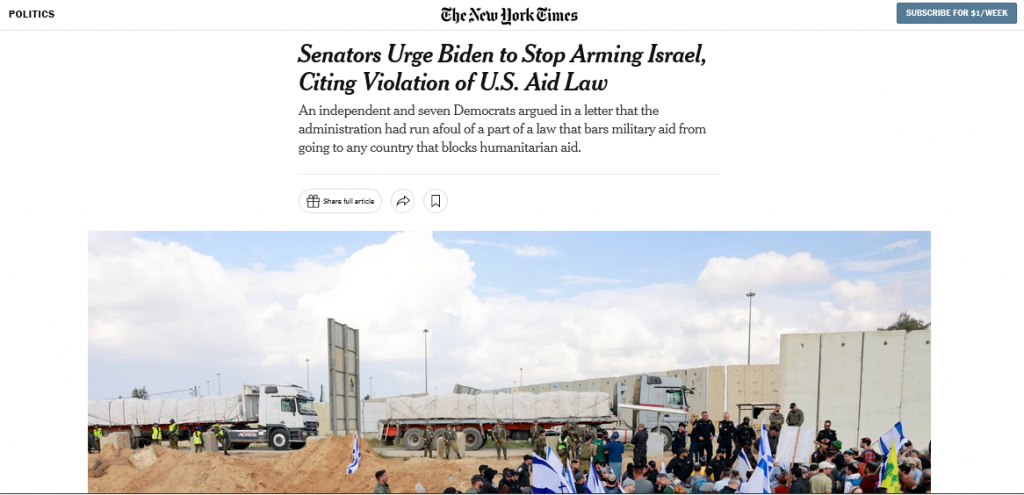
In response, intense protests erupted at Columbia University, as well as at the universities of New York, North Carolina, Charlotte and Michigan, beginning on April 18, and the police, called to the campuses by the university administrations, attempted to violently suppress these protests.
In particular, the students at Columbia University have started a sit-in protest on campus and announced that they will continue to do so until Israel ends its attack on Gaza, which has drawn attention to this university.
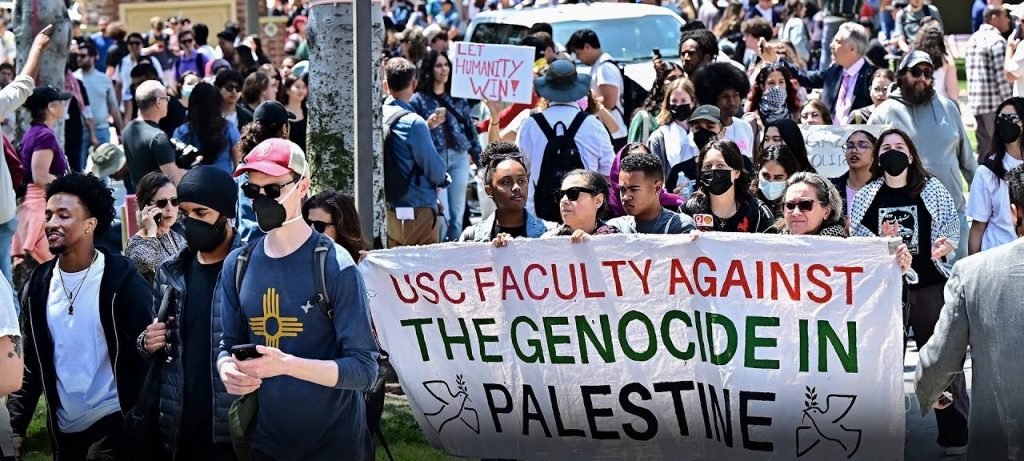
Minouche Shafik, the Egyptian-born president of Columbia University, who had been summoned to the Senate to learn about anti-Semitism on campus and how it was being combated, said in a statement upon his return that “students had entered and occupied the campus without authorization” and called the police to the campus for the first time since 1968. The chancellor’s move stirred up Columbia University, which has a history of protest culture, and played a major role in the spread of the protests.
However, the Jewish lobby was not idle and launched an intensive campaign to portray the protests on campuses as hostile of Jews and anti-Semitic acts. In this context, all media outlets owned and supported by the lobby began to report that the protests were hate crimes, that the rhetoric was anti-Semitic, and that the protests were damaging to American democracy for these reasons.
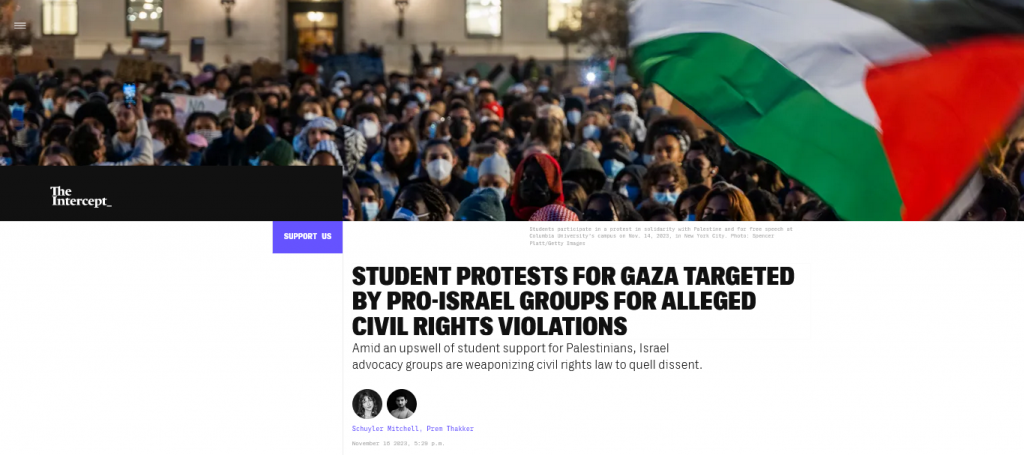
However, the Jewish lobby’s moves were not enough to stop the protests and led to new universities joining the process.
Images from Columbia University past weekend showed that the situation on the ground is not quite what Israel and the Jewish lobby would like. The protests on campus were not only related students, but also faculty members with a conscience began to participate and together they protested against Israel’s genocide.
The harsh treatment of the protesters by the police, who were sent to break up the anti-Israel protests on campus, sparked a new controversy. The police handcuffed students and faculty members, whose only crime was to protest against Israel’s genocidal crimes, behind their backs, arrested them, dragged them on the ground and dragged them to the police station.
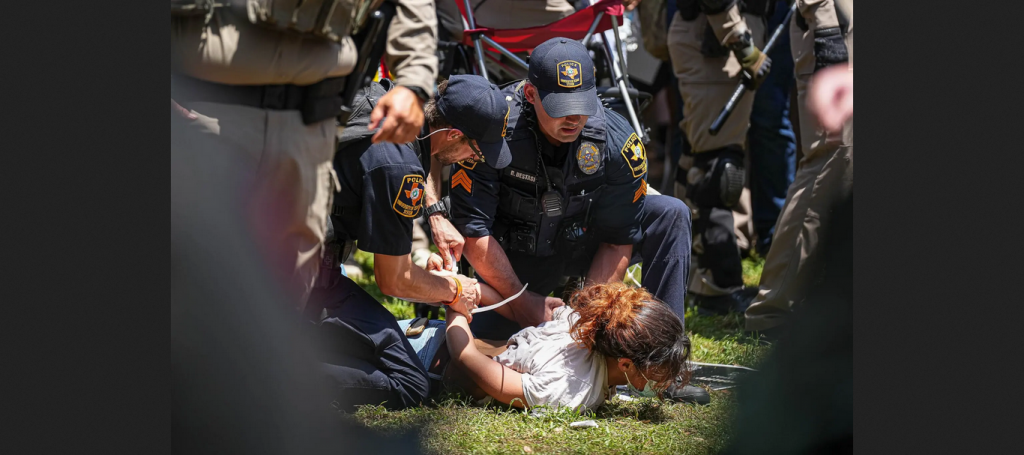
Last weekend alone, more than 100 people were arrested at Columbia University, 47 at Yale University and 120 at New York University. With arrests at other universities, this number is expected to reach thousands.
Police arrests did not deter the protesters, and the protests spread across the country as other universities were added to the process. At the time of writing, the protests had spread to nearly 50 universities in 15 states. However, in addition to Columbia University, the protests were concentrated at the University of Texas, Yale University, Brown University and the University of Southern California.
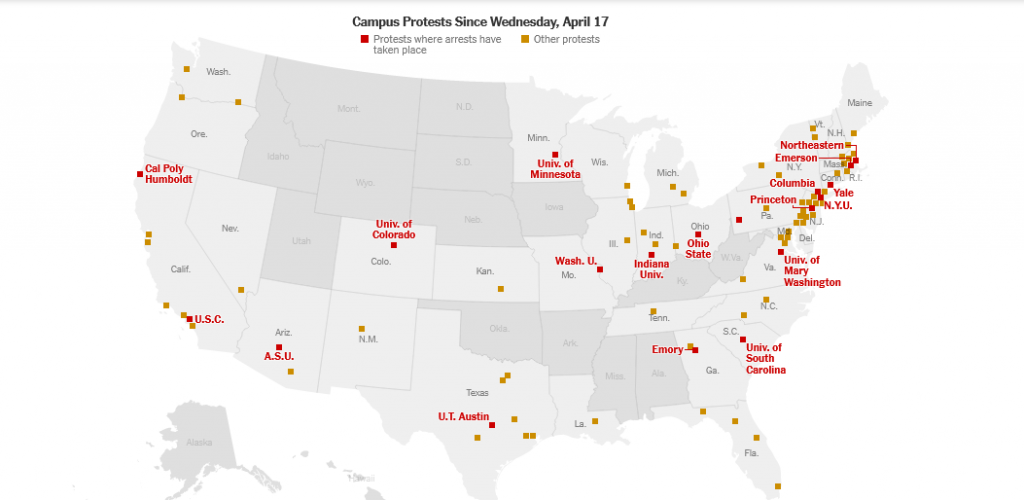
As such, it is understood that the Jewish lobby, which wants to cover up Israel’s genocide in Gaza by suppressing the protests in universities, has unwittingly ignited the fuse of the American Spring. Just as no one could predict how the process would evolve when Buazizi burned himself, it is not possible to predict how the anti-Israel protests in American universities will turn out after this hour.
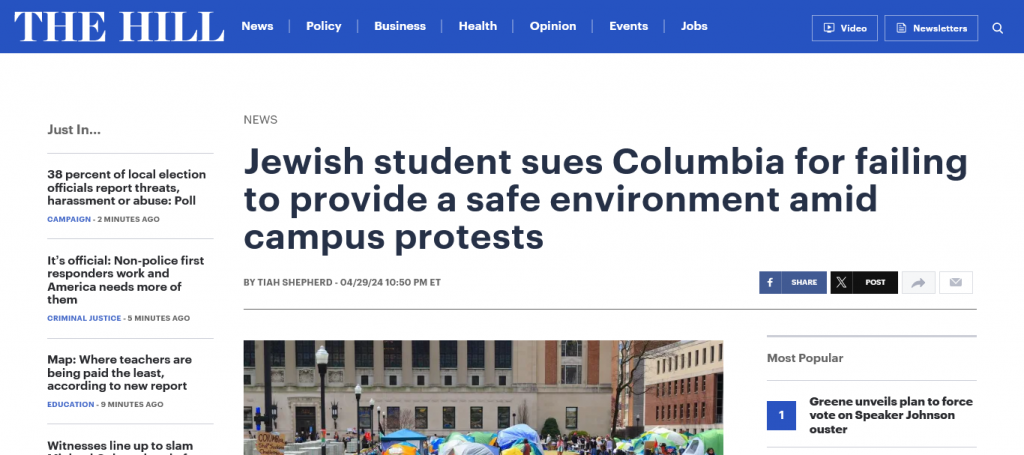
Therefore, it is possible that these protests will break the influence of the Jewish lobby in the US and that the US society will hold the administration to account for its unconditional support for Israel and make it end this support.
In such a case, Israel’s position under international law, which it has somehow enjoyed since its establishment, would be questioned, and it would be possible for Israel to be convicted and held accountable by being labeled as a genocidal state in the International Criminal Court, especially in the genocide case at the International Court of Justice.
As a result, while the protests at US universities are expected to usher in the long-awaited American Spring, it is highly likely that this will turn into an Israeli winter.
Let’s see whether the coming American Spring will end Israel’s domination over the US or whether the Jewish lobby will turn it into a clash of civilizations and cause the US to disintegrate like the Middle East region.
The choice is up to the American people. We will wait and see.
This article was originally published in Diriliş Postası on April 30, 2024 in Turkish.


